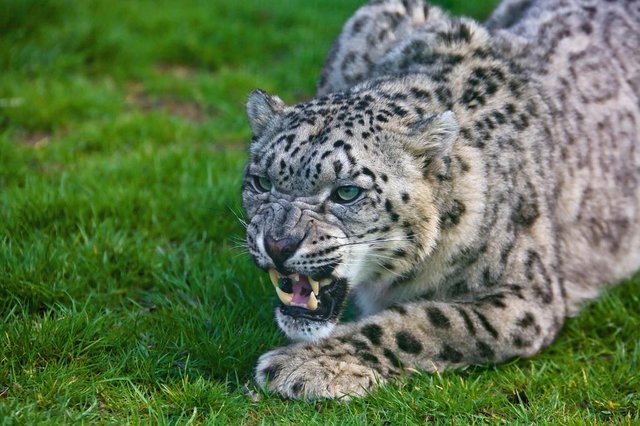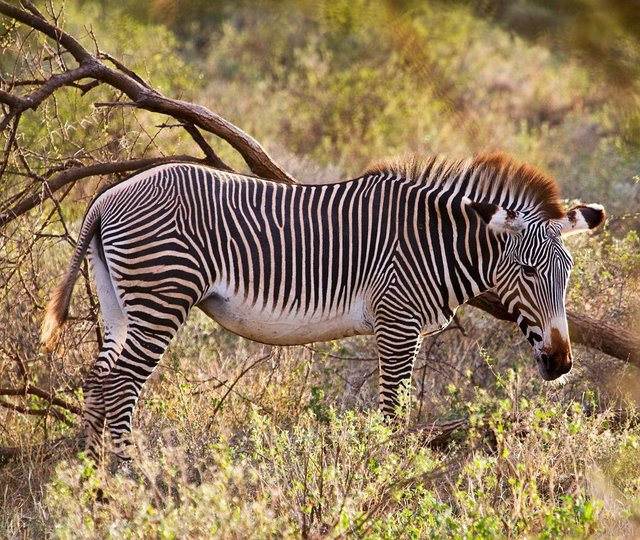Wildlife Photography 3/5
Time for the 3rd type, full body.
In this case we are framing tightly but showing the full (or almost full) body of an animal. There's no hiding here :) The type of animal will be obvious, unless you are playing with some type of camouflage, either natural (e.g. a chameleon hiding) or enforced (e.g. a zebra under striped light).
Focal lengths really vary depending on size of the subject and distance from the subject. Again, you may or may not have control over those, therefore it's always better to plan, at least by being aware of the type of animals you're expected to see... easy for a zoo trip, less for a safari drive. Soooo, be ready with options! Just to make it clear I don't usually set out with a plan to do some specific mix of the 5 types of wildlife photography I am discussing here. I always go for variety but you very rarely have control over what animals are doing, so adapt and improvise. Always.
With this type of wildlife photography the subject is the main point of interest but you may have to show some of its surroundings, which may or may not be a good thing. If possible, you can use a fast lens to blur the background till it is not discernible. Because you shoot the whole body but without a "context", action is not needed but good "posing" is desirable.
Some examples below:
Not a proper full body but you can picture the rest of this beautiful snow leopard (zoo)

Can you see I like this type of cat? :) (zoo)

Bengal hybrid tiger (in a zoo)

A Grevy Zebra in Samburu Reserve, Kenya

A white rhino in the Timbavati Reserve, Kruger Park, South Africa

A wild Toucan in an hotel in Cartagena, Colombia

Tres Amigos, zebras, Kruger Park, South Africa
